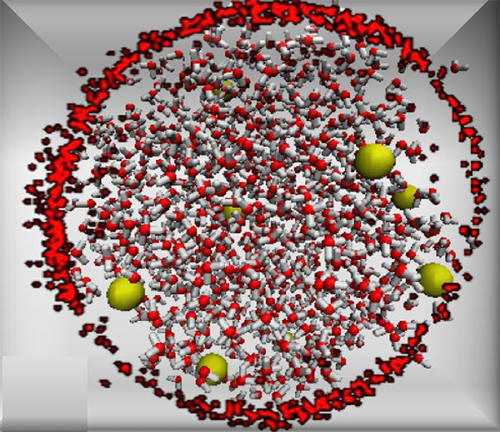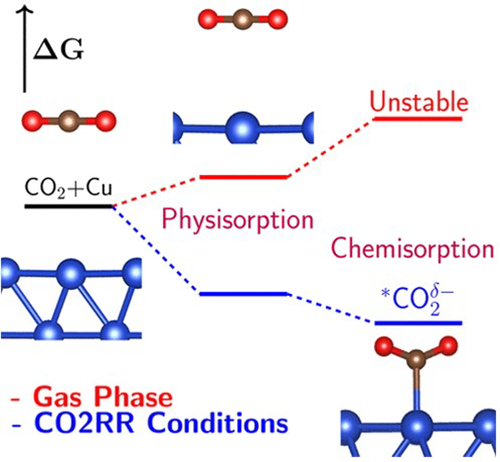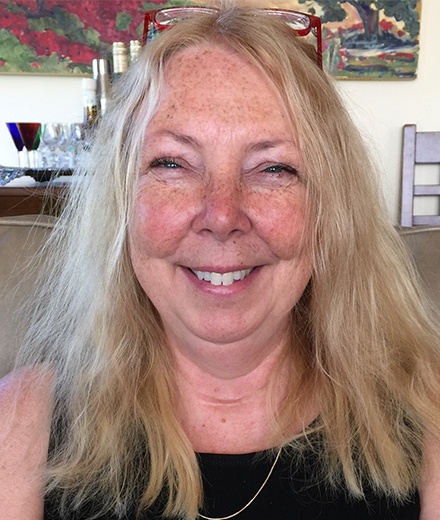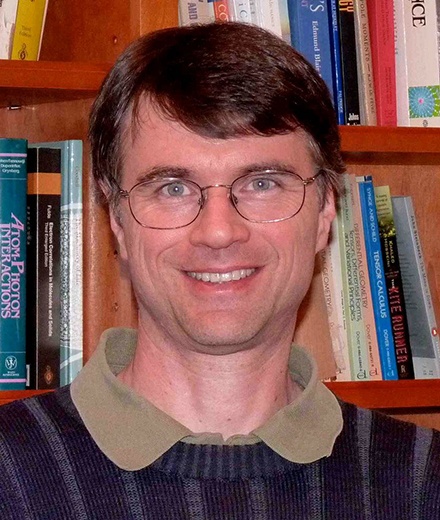2021 Allergan Distinguished Lecture
November 17, 2021
12:00pm in HSCI-102, 4:00pm in HSCI-102
Drs. Teresa Head-Gordon and Martin Head-Gordon from UC Berkeley will visit California State University, Long Beach to offer two special talks. Please join us for these talks by leaders in the field. All are welcome to attend.
General Lecture
"The Role of Electric Fields and Aqueous Solvation for Catalyst Design."
Presented by Dr. Teresa Head-Gordon. 12:00pm in HSCI-102.

Although the ubiquitous role that solvent and long-ranged electric fields play in catalysis has been recognized, they are seldom used as design parameters in the discovery of new catalytic materials. I will present results on how electric fields and aqueous solvent have been used to computationally optimize biocatalytic performance of a synthetic enzyme, a supramolecular capsule, and how they could be used as a unifying descriptor for catalytic design across a range of other catalysts such as microdroplets. While focusing on environmental effects may open new routes toward the rational optimization of efficient catalysts, much more predictive capacity is required of theoretical methods to have a transformative impact in the computational design of the reactive centers of complex catalytic systems. I will discuss some of these methodological advances.
Technical Lecture
"From photons to fuels by computation: Modeling electrocatalytic reduction of CO2 on copper electrodes."
Presented by Dr. Martin Head-Gordon. 4:00pm in HSCI-102.

Artificial photosynthesis offers the possibility of providing the energy needed for civilization via a carbon-neutral cycle. Computational modeling can contribute to overcoming the gaps in scientific knowledge that prevent us from reaching this goal at present. One major gap is understanding how to effectively catalyze the conversion of carbon dioxide to useful fuels, using electrical energy to overcome the unfavorable thermodynamics. Towards this goal, I will discuss computational simulations of the metal electrode-electrolyte interface, in the presence of applied voltage. We have applied such simulations in order to better understand the CO2 reduction reaction (CO2RR) on copper surfaces, which is the best metal catalyst available at present. How is the C-C bond formed? Can we deduce a mechanism that is consistent with experimental knowledge? I will report on these questions, and summarize the present level of agreement (and disagreement) with experiment for hydrocarbon formation.
About the Presenters

Dr. Teresa Head-Gordon
Dr. Teresa Head-Gordon was born in Akron, Ohio. She completed her bachelor's degree in Chemistry at Case Western Reserve University in 1983 and earned her doctorate in Theoretical Chemistry in 1989 from Carnegie Mellon University under the supervision of Charles L. Brooks III. Dr. T. Head-Gordon is the Chancellor's Professor of Chemistry, Bioengineering, and Chemical and Biomolecular Engineering at the University of California, Berkeley. She is also a faculty scientist at the Lawrence Berkeley National Laboratory and a fellow of both the American Institute for Medical and Biological Engineering and the American Chemical Society.
In 2001 Dr. T. Head-Gordon was awarded the IBM-SUR Award. She was the 2005 Schlumberger Fellow at the University of Cambridge. The Head-Gordon group studies condensed phase systems ranging from biomolecular systems, molecular liquids, and complex interfaces. She became co-director of CalSov in 2016, when she was also elected a fellow of the American Institute for Medical and Biological Engineering for her contributions to the computational methodologies for macromolecular assemblies.

Dr. Martin Head-Gordon
Dr. Martin Head-Gordon is the Kenneth S. Pitzer Distinguished Professor in the Department of Chemistry at the University of California, Berkeley, and a Senior Faculty Scientist in the Chemical Sciences Division at the Lawrence Berkeley National Laboratory. A native of Australia, Martin has been at Berkeley since 1992.
Dr. M. Head-Gordon's research interests center on developing electronic structure theory, algorithms, and simulation codes, with the goal of attaining accurate computable models for exploring chemical problems ranging from catalytic reaction mechanisms to understanding of molecular interactions and chemical bonds. Some of his research achievements include the development of accurate, widely used density functionals, efficient numerical algorithms for calculating the rate-determining Coulomb and exchange interactions in density functional theory, and a range of wave-function methods to treat the electron correlation problem in ground and excited states.
Dr. M. Head-Gordon was elected to the American Academy of Arts and Sciences in 2011, became a Fellow of the American Chemical Society in 2012, and was elected as a Member of the U.S. National Academy of Sciences in 2015.





